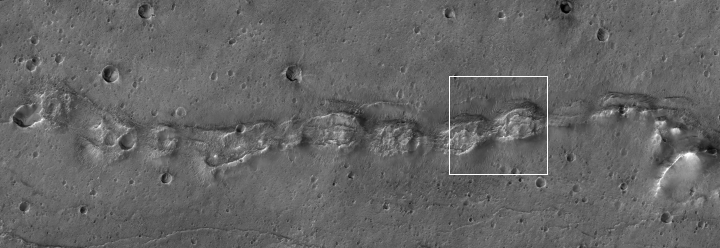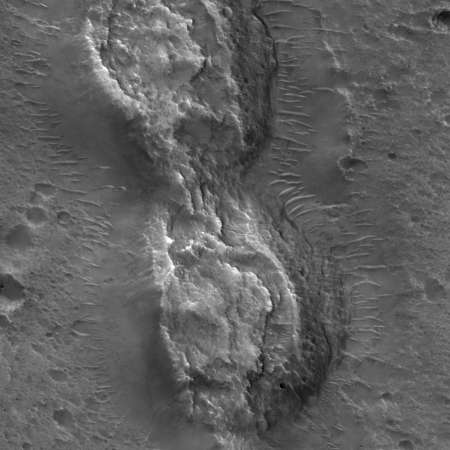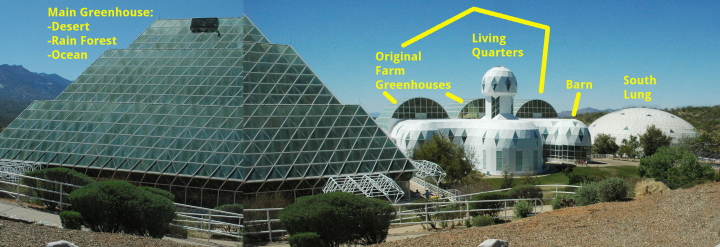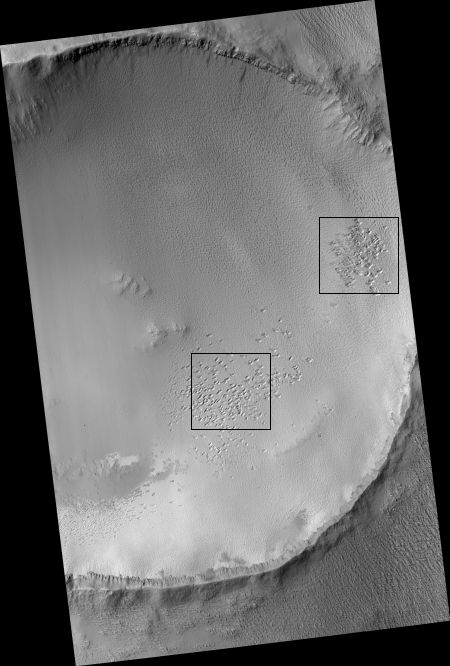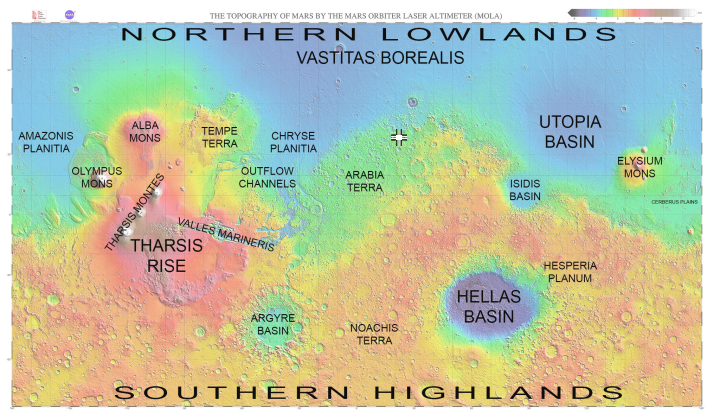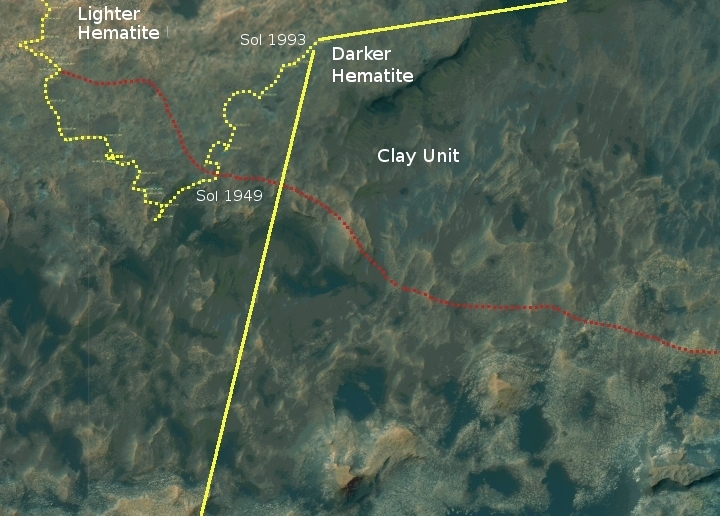Diamonds from space!
Researchers have discovered nano-sized diamonds inside a recovered meteorite that suggest a formation process deep within a planet at least the size of Mercury.
The researchers used transmission electron microscopes to determine their composition and morphology, and found that the diamonds contained inclusions (impurities) made of chromite, phosphate and iron-nickel sulfides.
These inclusions are common in diamonds formed underground here on Earth, but this marks the first time they’ve been found in alien rocks. That’s interesting enough on its own, but it has much bigger implications – the team calculated that these diamonds could only have formed under pressure of more than 20 gigapascals. That means they must have been born inside a planet at least as big as Mercury, and possibly up to the size of Mars.
But there’s still more to the story. The fact these diamonds made it to Earth implies that their home planet, whatever it may have been, is no longer with us, since it would take quite a cataclysm to wrench them out of their birthplace deep underground and fling them into space. Instead, the team believes the diamonds came from a planetary embryo.
Not so fast. Though the researchers themselves, in the released paper, assume that the diamonds could only have formed from inside a now destroyed large planet, this leaves out the possibility that the diamonds formed inside one of the existing terrestrial planets, were moved upward toward the surface by later geological process (as happens to diamonds are here on Earth), and then were thrown from the planet by a later nearby impact. This scenario is just as likely.
Nonetheless, this discovery is fascinating. More than anything, it illustrates the inconceivable amount of time that has passed in creating our solar system. Any of these scenarios requires time, time in quantities that no human can really understand or conceptualize.
Researchers have discovered nano-sized diamonds inside a recovered meteorite that suggest a formation process deep within a planet at least the size of Mercury.
The researchers used transmission electron microscopes to determine their composition and morphology, and found that the diamonds contained inclusions (impurities) made of chromite, phosphate and iron-nickel sulfides.
These inclusions are common in diamonds formed underground here on Earth, but this marks the first time they’ve been found in alien rocks. That’s interesting enough on its own, but it has much bigger implications – the team calculated that these diamonds could only have formed under pressure of more than 20 gigapascals. That means they must have been born inside a planet at least as big as Mercury, and possibly up to the size of Mars.
But there’s still more to the story. The fact these diamonds made it to Earth implies that their home planet, whatever it may have been, is no longer with us, since it would take quite a cataclysm to wrench them out of their birthplace deep underground and fling them into space. Instead, the team believes the diamonds came from a planetary embryo.
Not so fast. Though the researchers themselves, in the released paper, assume that the diamonds could only have formed from inside a now destroyed large planet, this leaves out the possibility that the diamonds formed inside one of the existing terrestrial planets, were moved upward toward the surface by later geological process (as happens to diamonds are here on Earth), and then were thrown from the planet by a later nearby impact. This scenario is just as likely.
Nonetheless, this discovery is fascinating. More than anything, it illustrates the inconceivable amount of time that has passed in creating our solar system. Any of these scenarios requires time, time in quantities that no human can really understand or conceptualize.

